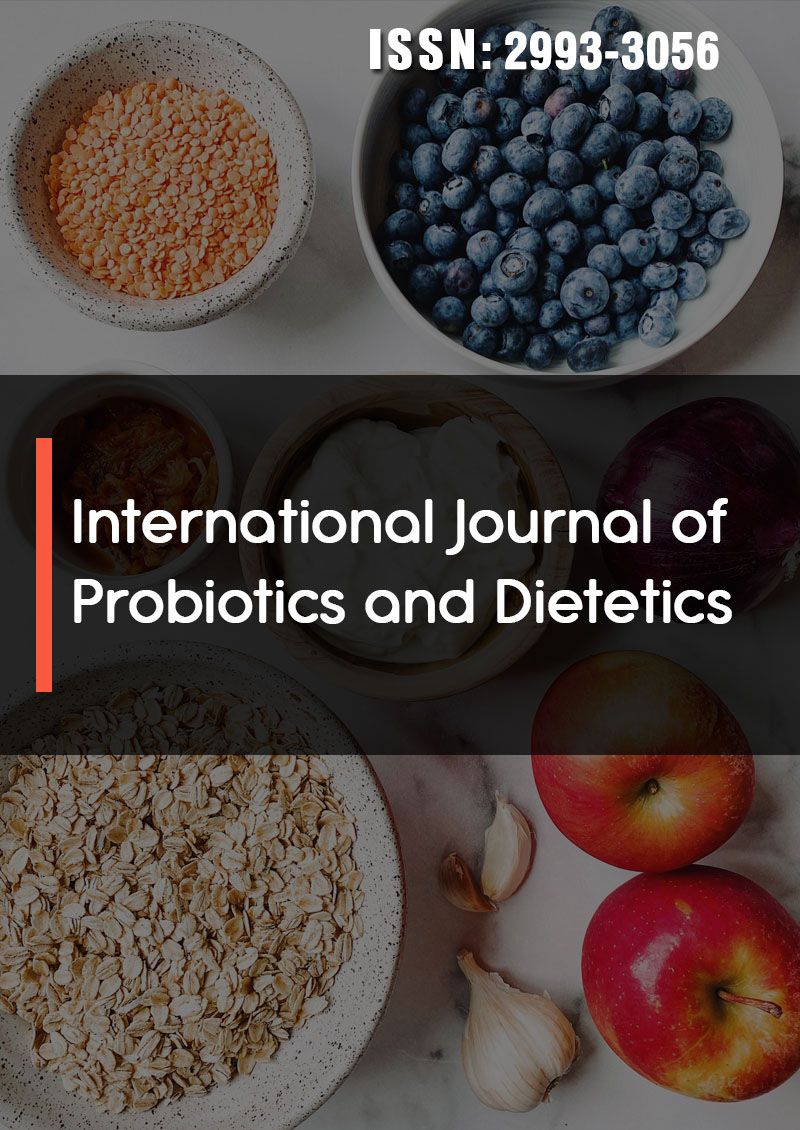Review on application of probiotics in poultry farm
Abstract
Mohammed Bedruddin Aliyi (DVM)
Poultry farming, raising of birds domestically or commercially, primarily for meat and eggs but also for feathers. In poultry industry, probiotics applications have widely been shown to improve the barrier function of intestine and reduce pathogenic problems in gastrointestinal tract thus leading to the enhancement of immune response and replacement of sub-therapeutic antibiotics. Probiotics, the novel feed or food supplements are naturally occurring beneficial live microbes including bacteria, fungi and yeasts. Probiotics are proven to improve the health and wellbeing of birds. As a group of growth promoters, the addition of probiotics to the diet of poultry has been found to improve growth performance, feed conversion efficiency, immune responses and help in combating enteric pathogens. The addition of probiotics to poultry diet also improves egg production in layers. Three basic mechanisms of probiotics include competitive exclusion of pathogenic microbes, production of antibacterial substances and immune modulation of host. Generally, live a pathogenic microbial strain, singly or as multi- strain probiotics, belonging to genus Lactobacillus, Streptococcus, Bacillus, Enterococcus, Pediococcus, Aspergillus and Saccharomyces are used in poultry. The injudicious and prolific use of sub-therapeutic levels of antibiotics in animal feed to suppress or eliminate harmful organisms, and to improve growth and feed efficiency, have paved way for their presence as residues in animal by-products and have also given rise to drug resistant microorganisms. Because of public health concerns, nowadays, the use of probiotics as substitute for antibiotics in poultry production has become an area of great interest. The present article reviews the beneficial effects and potential applications of probiotics or direct fed microbial (DFM) on health and production performances in poultry.



